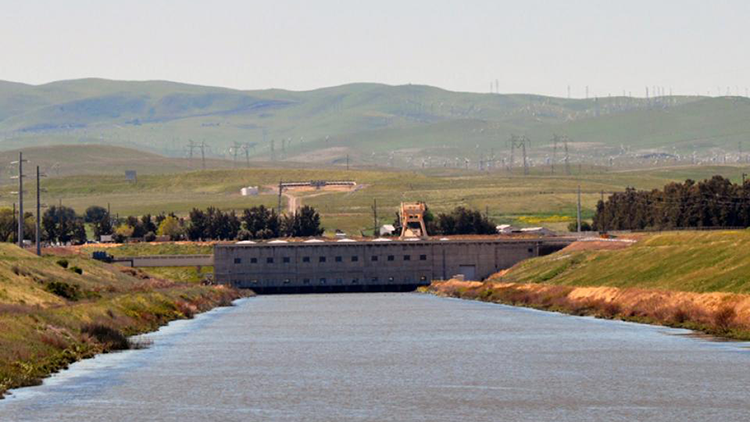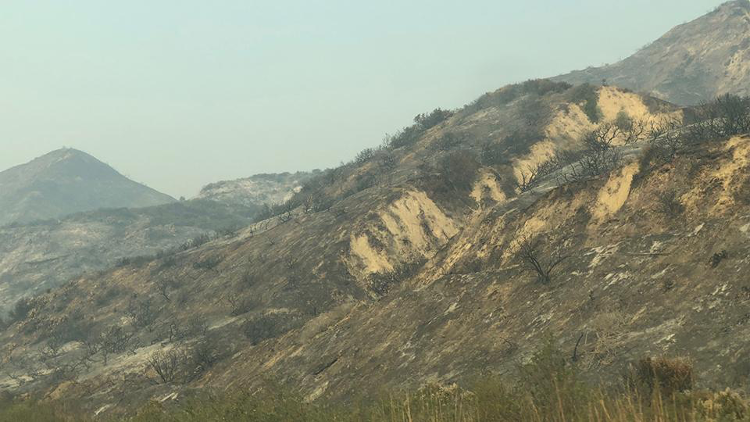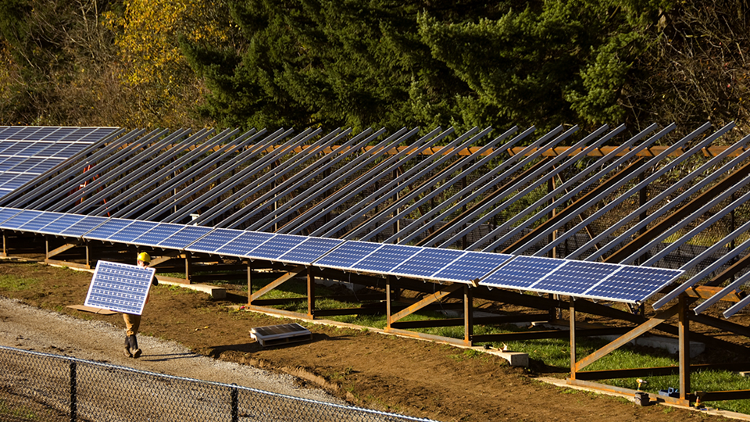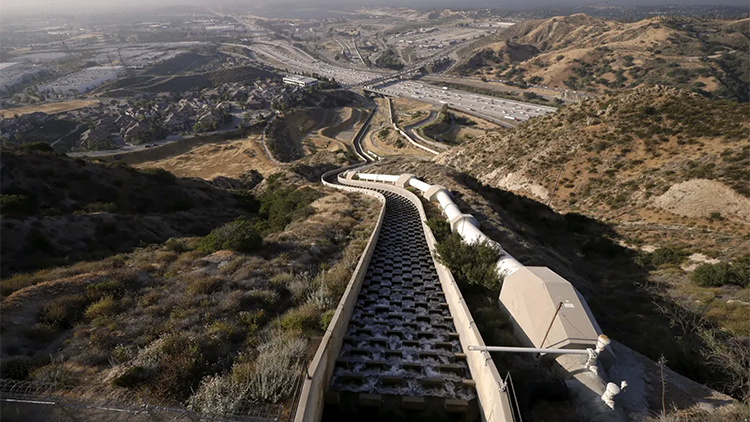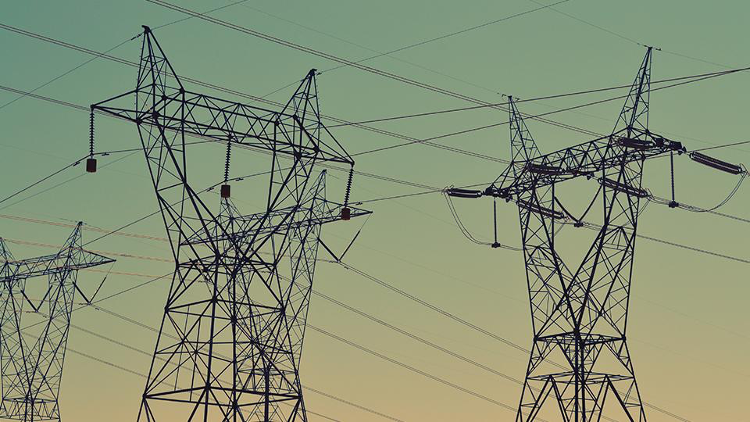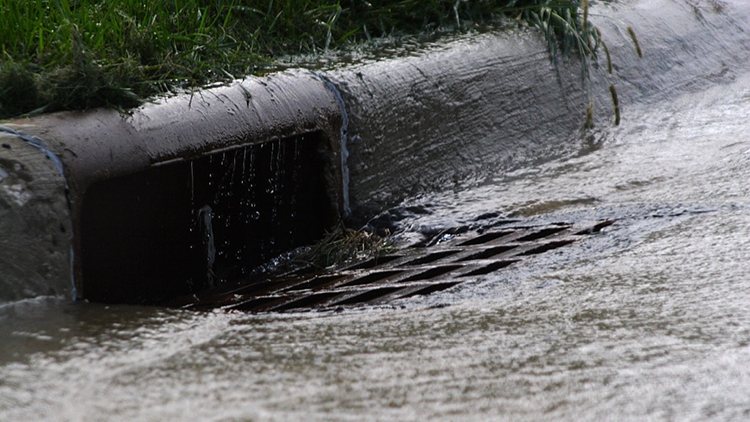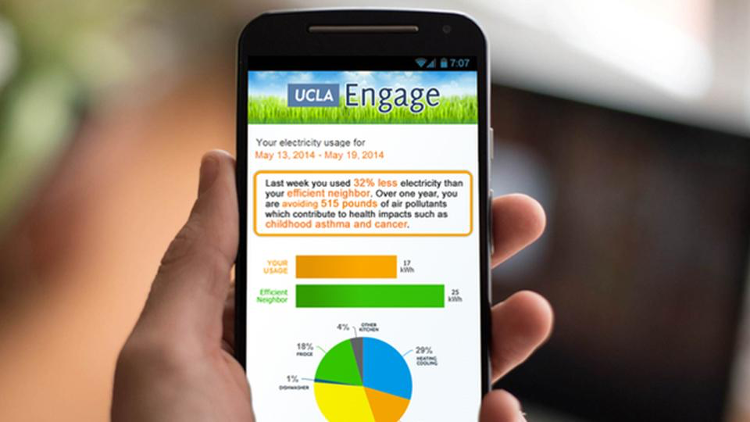
Traffic and vehicle emissions contribute to Los Angeles’ notorious polluted air. The advent of plug-in electric vehicles (EVs) presents a viable solution to this problem by reducing carbon emissions and improving local air quality. However, the widespread adoption of EVs requires the development of reliable and efficient charging infrastructure. Moreover, as EV adoption grows, EV charging will introduce new challenges, such as understanding the interplay between the demands on the electrical grid and EV charging behavior. For example, if many drivers try to charge their vehicles simultaneously, the excessive demand may require utility companies to provide additional power using inefficient power plants, creating unintended consequences for sustainability.
Award Year

